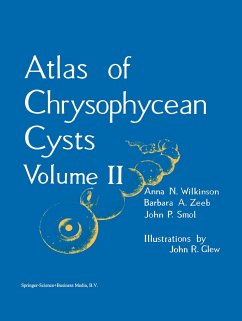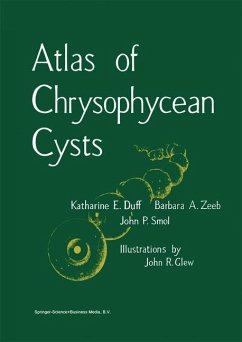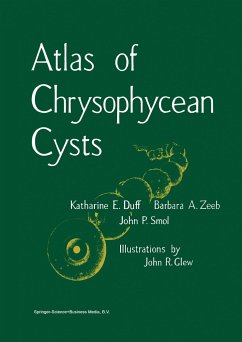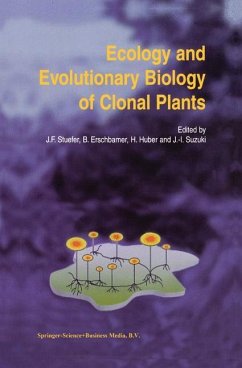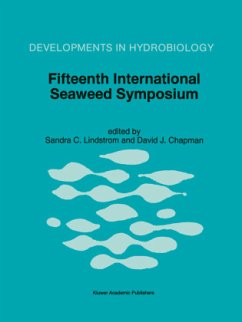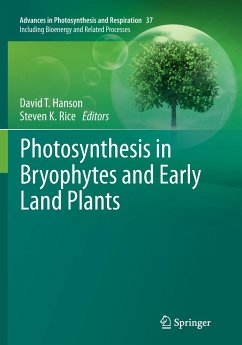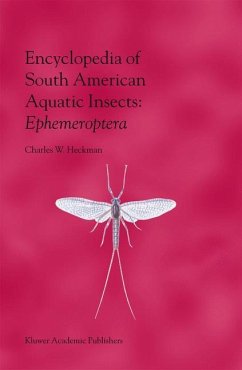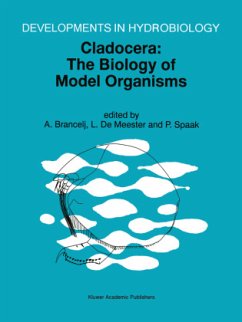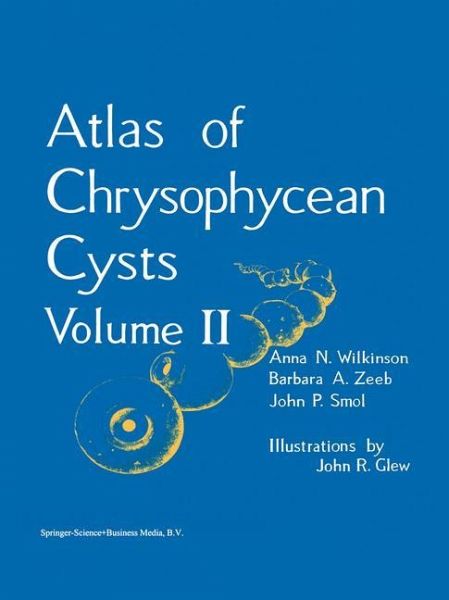
Atlas of Chrysophycean Cysts
Volume II
Illustration: Glew, John R.
Versandkostenfrei!
Versandfertig in 1-2 Wochen
115,99 €
inkl. MwSt.
Weitere Ausgaben:

PAYBACK Punkte
58 °P sammeln!
This Atlas attempts to dispel some of the mystery surrounding stomatocysts, to facilitate the accurate identification of individual cyst morphotypes, and to encourage other workers to begin using these important indicators of environmental change. The terminology is outlined in detail. This is followed by detailed descriptions of cyst morphotypes, which continues from work completed in the first Atlas. Any available biogeographical and ecological information is also provided. We believe this Atlas will be useful to paleoecologists who wish to include stomatocysts in their studies. We also expe...
This Atlas attempts to dispel some of the mystery surrounding stomatocysts, to facilitate the accurate identification of individual cyst morphotypes, and to encourage other workers to begin using these important indicators of environmental change. The terminology is outlined in detail. This is followed by detailed descriptions of cyst morphotypes, which continues from work completed in the first Atlas. Any available biogeographical and ecological information is also provided.
We believe this Atlas will be useful to paleoecologists who wish to include stomatocysts in their studies. We also expect this book will be used by researchers working with living chrysophytes, and those interested in the morphology and ultrastructure of cyst morphotypes. Hopefully these descriptions will further accelerate the continued effort to link cyst morphotypes to the algae that produce them.
We believe this Atlas will be useful to paleoecologists who wish to include stomatocysts in their studies. We also expect this book will be used by researchers working with living chrysophytes, and those interested in the morphology and ultrastructure of cyst morphotypes. Hopefully these descriptions will further accelerate the continued effort to link cyst morphotypes to the algae that produce them.



